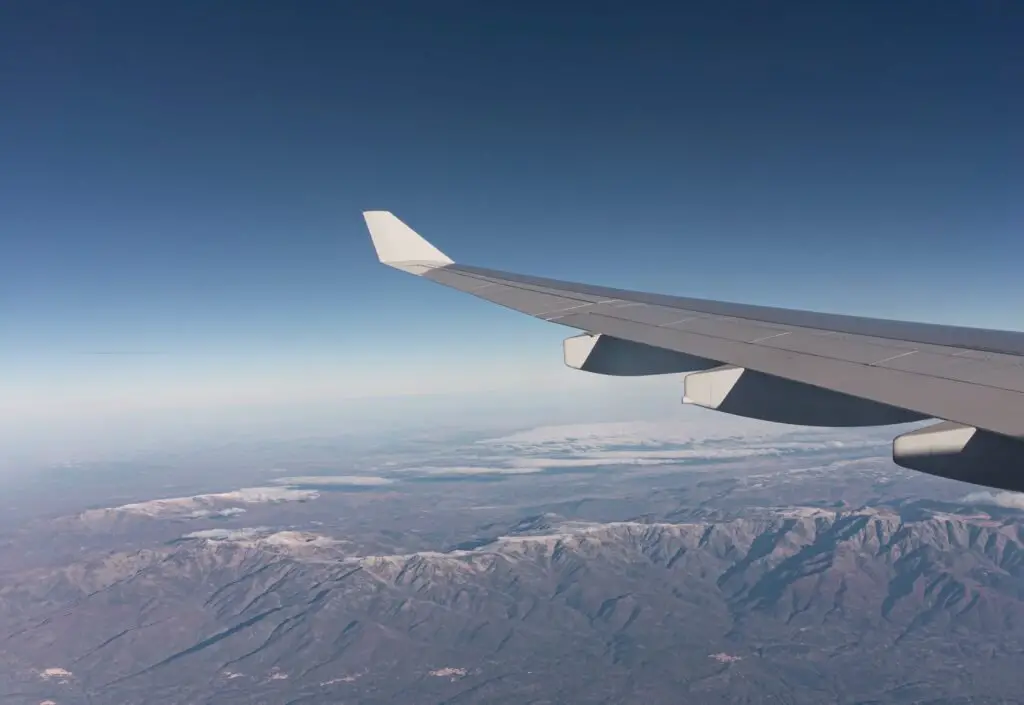Flying is habit-forming. Sure, once people become a pilot they tend to fall in love with flying and want to keep doing it, but that’s not what I mean. Modern aviation uses standardized procedures and checklists to teach and enforce habits. This has made aviation incredibly safe, but it also has subtle and potentially dangerous side effects.
It’s a beautiful day for flying. You’ve been invited to go for a quick scenic flight with a brand-new Private Pilot. He only started ground school 3 months ago and he has just 50 hours of flight time, in fact, he just passed his first check ride yesterday!
Should you be nervous?
Would you feel better going with a Certified Flight Instructor with 750 hours who has been training students for the last year?
Or would you feel better going with a Navy Instructor Pilot with 500 hours who just finished a 9-month deployment including 100 carrier landings? (Are more hours always better?)
Let me say upfront, that they are all safe choices, the aviation industry places an unparalleled emphasis on safety, and it’s about more than just flight hours. In aviation, safety isn’t just a protocol but a philosophy that is ingrained into every professional – from ground crew to pilots. But, despite these precautions, the human factor persists, and understanding this is key to maintaining the safety record of modern aviation.
So before discussing why the choice of who is going to be the safest on any given day, a 750-hour flight instructor or a brand new pilot may not be as obvious as it seems, let’s discuss what the most well-understood and common sources of pilot errors are.
Common Sources of Pilot Errors
Fatigue: The life of a pilot is not always glitzy. Behind the breathtaking horizons are exhausting flight schedules that can strain a pilot’s cognitive faculties. A tired mind is prone to lapses, jeopardizing the well-being of both the crew and passengers.
Stress: The cockpit requires quick decisions, especially during emergencies. Stress, if not managed, can impede a pilot’s cognitive and emotional capacities, leading to mistakes.
Task Saturation: This is an aviation term describing what happens in a dynamic, complex environment when lots of external factors (weather, traffic, radio calls, navigating complicated airspace, etc.) combine to exceed the pilot’s ability to process information and react. Key safety tasks can be overlooked or forgotten.
Poor Training or Inadequate Experience: Every stage of flight requires rigorous training. A pilot may have passed certain certification levels, but if they haven’t frequently practiced or encountered real-world scenarios, their response might be inadequate when tested. Poor training and inadequate experience are often the root causes of task saturation.
What’s missing from this? Remember those habits, the very thing that have made aviation so safe, well they have a side effect.
Habituation and Pilot Errors
Habituation, in a psychological context, refers to the decreasing responsiveness to a stimulus after repeated exposures. In simpler terms, it’s when an individual becomes so used to a particular situation, sensation, or procedure that they begin to react with diminished attention.
Familiarity Breeds Complacency:
- Routine Procedures:
Pilots, especially those with significant experience, carry out numerous routine procedures during every flight. These can range from pre-flight checklists to standard communication protocols. Over time and after numerous repetitions, pilots might become so familiar with these procedures that they carry them out almost mechanically, without actively thinking about each step. This can lead to missed steps or overlooking minor discrepancies that might have significant consequences.
- Normalized Deviations:
If a pilot regularly encounters a particular abnormal situation without any adverse consequences, they might begin to see it as ‘normal’ due to habituation. Over time, they might dismiss this deviation as insignificant, leading to potential oversight of a critical issue. This factor has been at the root of many famous aviation accidents, including both NASA Space Shuttle disasters.
- Desensitization to Alarms and Warnings:
Modern aircraft are equipped with multiple alarms and warning systems. A pilot who is frequently exposed to a specific alarm or warning may start to treat it as a nuisance rather than a genuine alert, especially if past occurrences proved to be non-critical or easily resolved.
Loss of Vigilance in Familiar Environments
- Home Airports and Routes:
Pilots who frequently fly to the same destinations or operate out of a primary airport might become so familiar with the environment that they anticipate certain cues or overlook changes, leading to potential errors in judgment or navigation. This is referred to as “complacency” in the aviation safety community.
- Over-reliance on Automation:
Modern aircraft come with advanced automation systems. Pilots habituated to relying on these systems might become less proficient in manual operations or might fail to intervene in time when automation behaves unexpectedly. Student pilots trained on excessively automated aircraft, who then lack experience in fundamental flying skills are sometimes referred to as, “Children of the magenta” (because the autopilot course line is often colored magenta on flight deck displays).

How to Stay Safe
Fresh out of the certification, even a PPL, pilots are at the top of their game, they have been studying, practicing, and preparing. Perhaps most importantly an FAA Designated Pilot Examiner (DPE) has just tested them to make sure they are safe. They are not overconfident, they are not bored, but as hours accumulate, habituation and complacency can creep in.
Imagine a CFI, intent on building time, that’s been teaching for a year. He flies the same pattern at the same airport every day. He’s done it so many times that he thinks he can do it in his sleep. (He can’t.)
Think about a CFI who flies in a place where there is almost no weather, let’s say Las Vegas. Jason Blair helpfully pulled the METARS data, looking at every full report (winds, ceiling, visibility, etc.) for 5 years showing that over 98% of the time conditions were acceptable for VFR maneuvers. It’s hard to believe that a few CFIs didn’t resort to visual weather assessment (looking out the window) rather than pulling updated weather. That’s habituation at its most sinister.
So when you are time building, remember you are supposed to be training. If you are bored, you are doing it wrong.
Mitigating the Effects of Habituation:
The key to countering habituation lies in consistent (by varied) training, self-awareness, and creating a culture of active engagement.
- Scenario-Based Training:
By regularly simulating rare or unusual situations, pilots can be kept on their toes and reduce the chances of becoming habituated to routine scenarios.
- Regular Assessments:
Periodic assessments and checks ensure that pilots remain proficient and vigilant, and can help identify areas where habituation might be setting in.
- Crew Resource Management (CRM):
Encouraging open communication and cross-checks between crew members can catch oversights that might result from one member’s habituation.
While habituation is a natural human response, its effects can be deadly for pilots. Recognizing its signs and actively countering its impacts, at every stage of one’s career, is paramount for safety. (Also, your family loves you, and wants you to come home.)


















